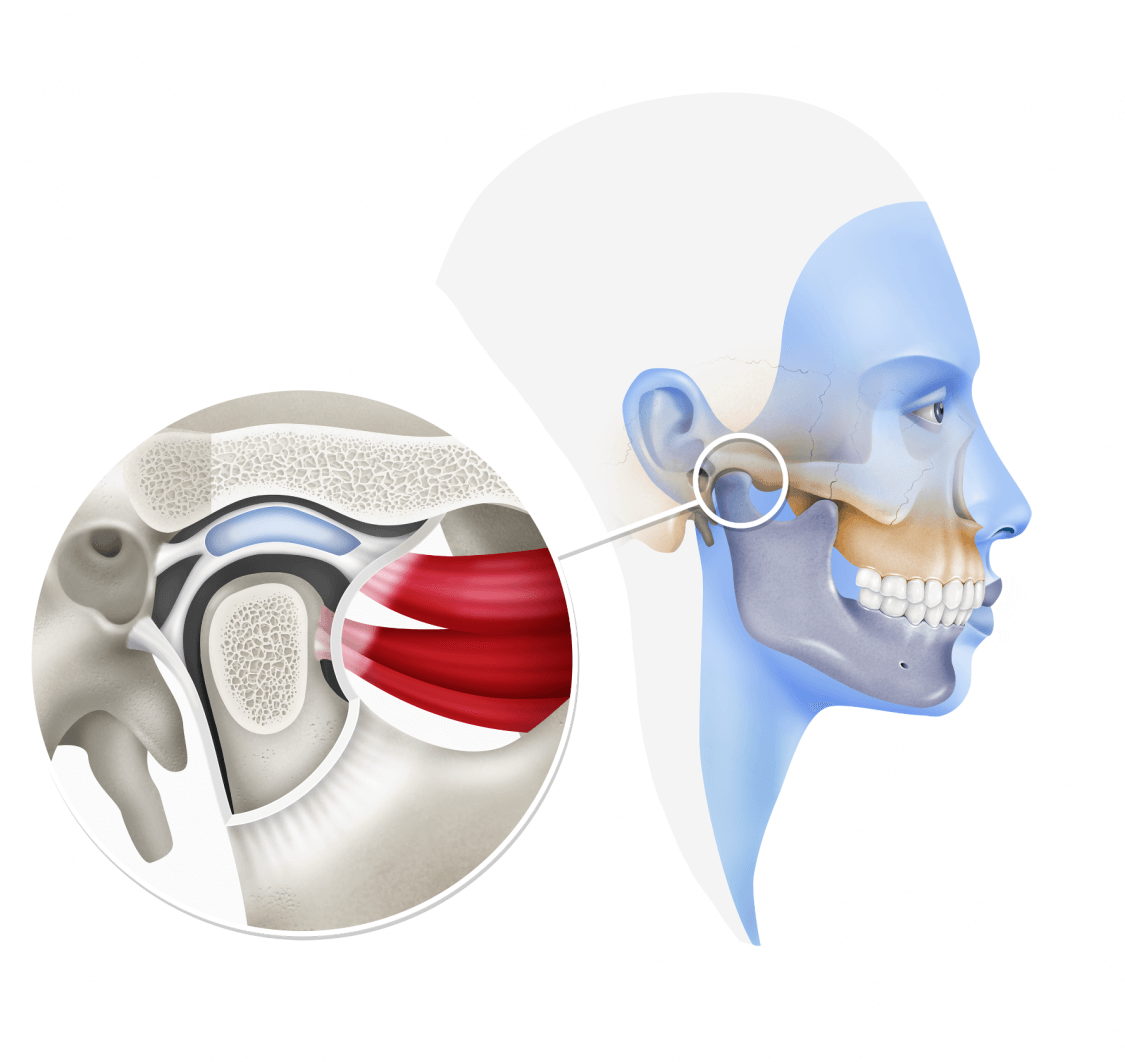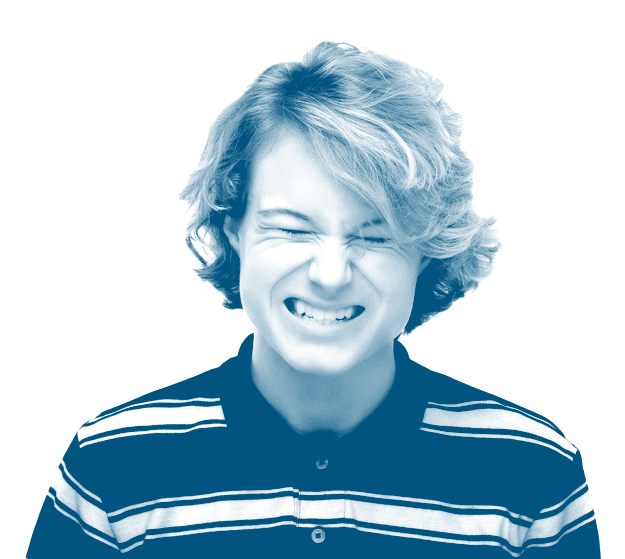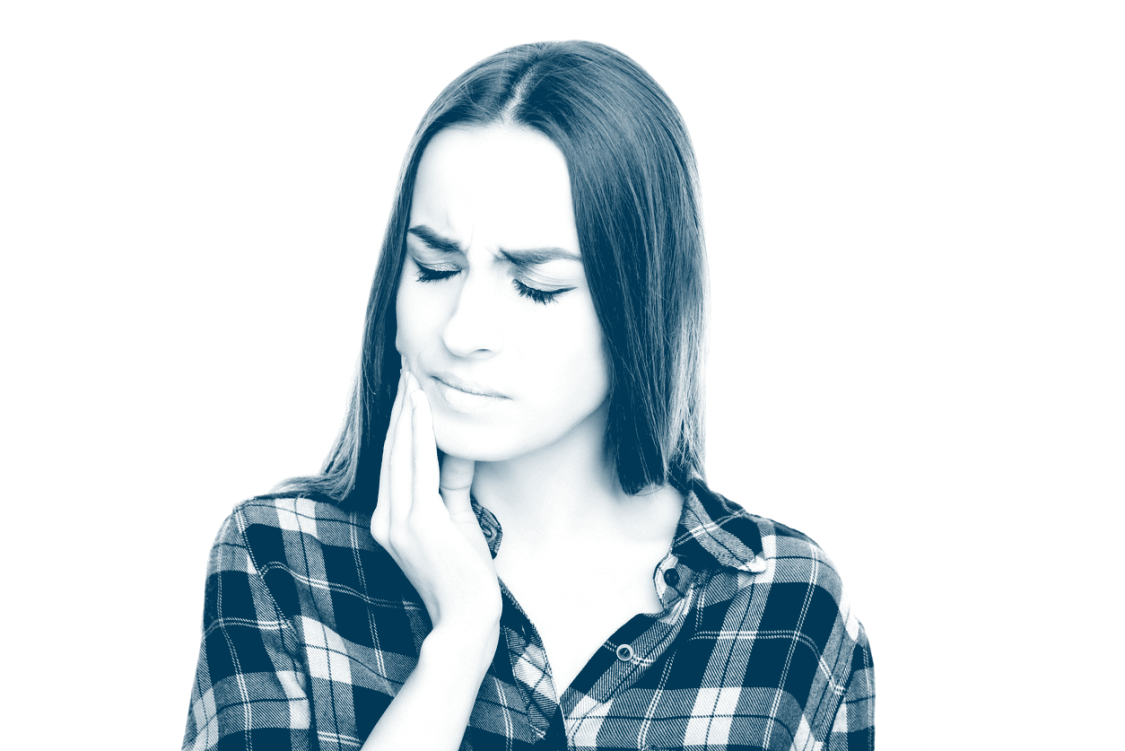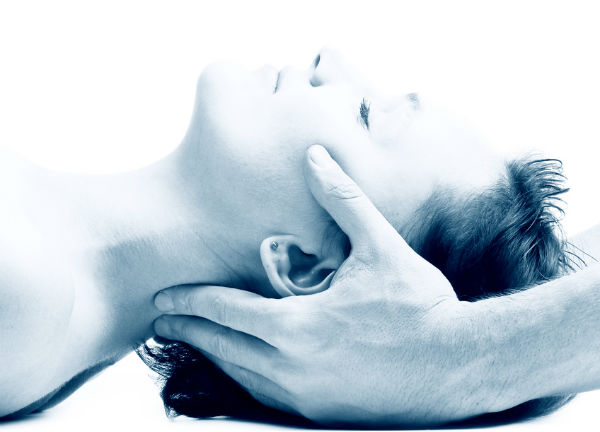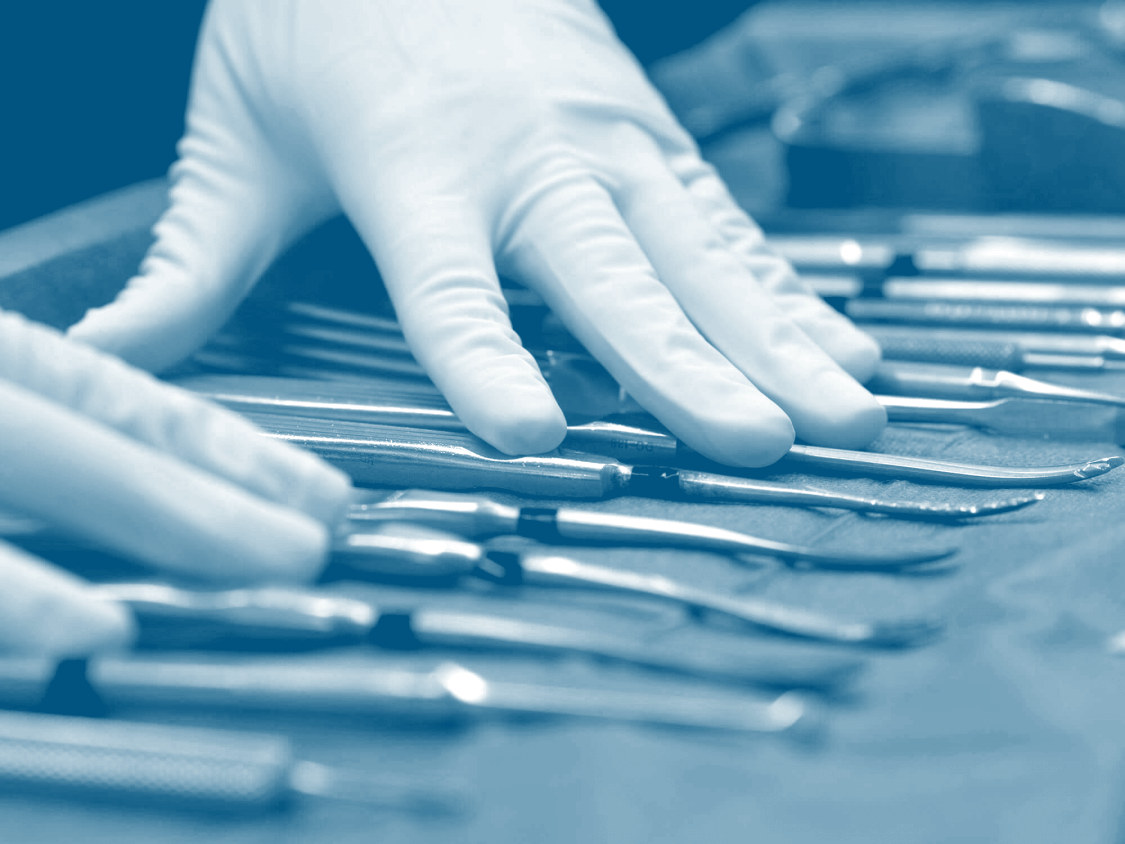The temporomandibular joint (TMJ) is the joint formed by the upper part of the mandible and the temporal bone of the skull. This bone acts like a sliding hinge and may sometimes present problems due to the complexity of the movements it makes.
There are three types of TMJ disorders:
- Myofascial pain, which causes pain in the muscles that control jaw movements.
- Internal asymmetry caused by a displaced disc, dislocated jaw or injury to the condyle.
- Degenerative and inflammatory alterations to the TMJ.



